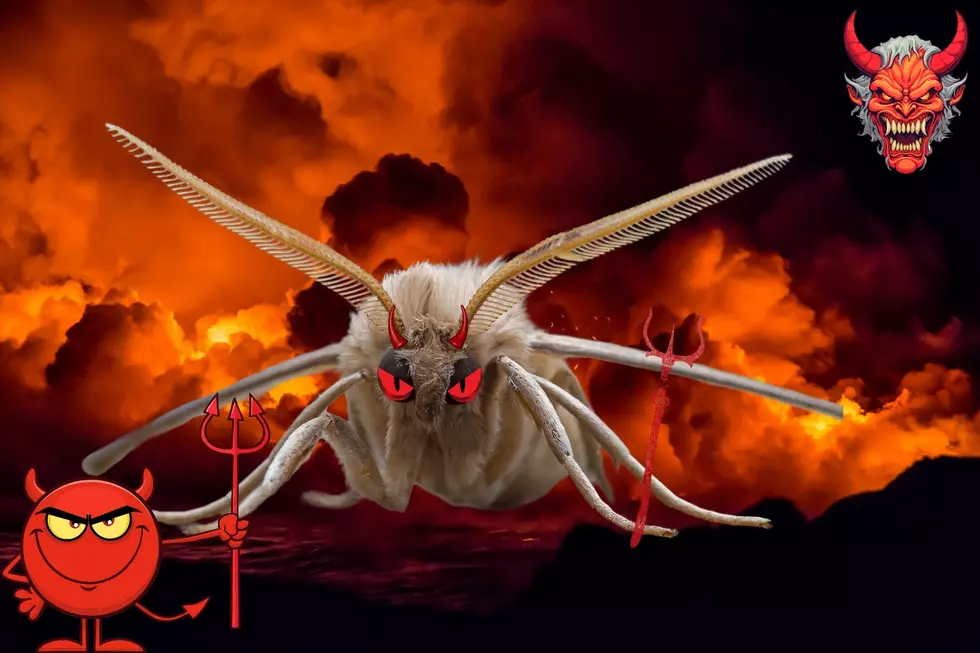
Washington’s Ecological Crisis: Battling The Invasive Spongy Moths
I'm going to be honest with you and share one of my biggest fears: I suffer from mottephobia, the fear of moths. This fear started from a story my grandpa told me when I was a kid. He was a very tall, big guy and somewhat of a poster boy for masculinity. He told me that one day, when he was trying to enter his house, a moth flew right into his ear and got stuck. Without going into too much detail, he eventually had to go to the ER to get it removed. Honestly, it gives me chills just thinking about it.

Now, fast forward to my early 20s: I was leaving my house, and—boom!—a moth flew straight into my ear. Panic flooded my body as I twisted and convulsed wildly to get the moth away from me. Thankfully, I was able to get it out. What bothers me the most about these little jerks is their unpredictability. They act like a cat might after a rave, experimenting with too many new cat drugs and psychedelics—spastic and thirsty for blood. So when I hear about the governor declaring war on a new species of invasive moths entering the state, I couldn't be happier.
Spongy Moths: A Threat to Washington's Ecology
Washington Governor Jay Inslee declared an emergency due to an imminent threat of a spongy moth infestation in Thurston County and Concrete, posing risks to Washington's agriculture, horticulture, and economy. The Washington State Department of Agriculture (WSDA) will start treatment to combat the spongy moths, known for their destructive caterpillars that can defoliate entire forests, threatening tree health and biodiversity.
Spongy Moths' Destructive Nature
These moths have a destructive history, with the capacity to damage over 300 types of trees and plants. WSDA's Karla Salp highlighted that while trees can survive a year of feeding, prolonged exposure could lead to tree death and adverse ecological effects. The spongy moth is established in 20 states across the Northeast and Midwest, with severe defoliation in places like Massachusetts in the past.
Washington's Battle Against the Spongy Moth
WSDA has been monitoring spongy moths in Washington for 50 years, and while the population is usually below 100, over 100 moths were caught last year, with 77 near Steamboat Island. The moths often spread via transportation and human movement.
To manage the infestation, WSDA plans three treatment sessions in Olympia over several weeks and additional treatments in Skagit County in mid-to-late May. The public can receive alerts about treatment schedules via email, text, or robocall. Each treatment takes a couple of hours.
."}" data-sheets-userformat="{"2":8705,"3":{"1":0},"12":0,"16":10}">
KEEP READING: 50 activities to keep kids busy this summer
More From 610 KONA








